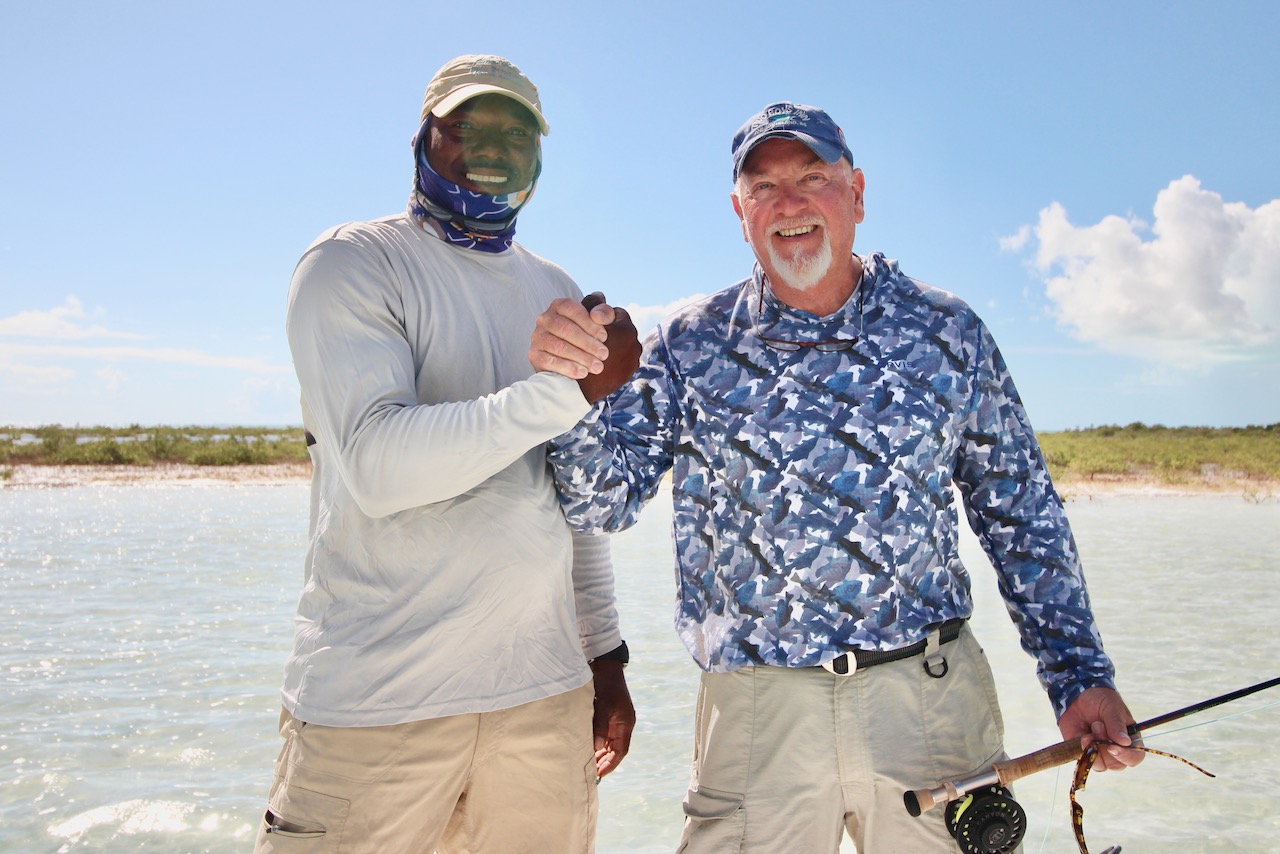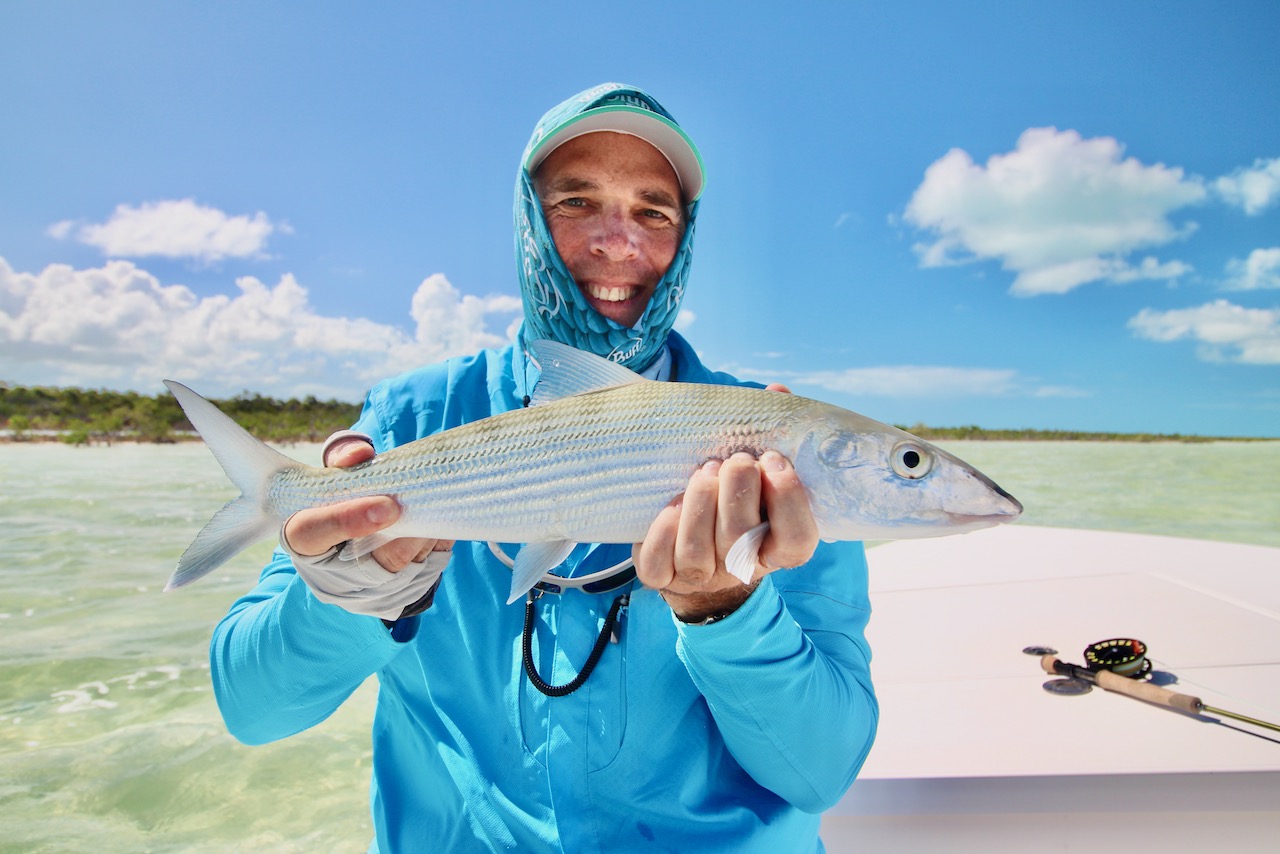BONEFISH ON A BUDGET
Think only the well-heeled can afford a Bahamas bonefish adventure? Think again. Here’s how to get in on the action with breaking the bank
Advertisement

#3 YOU DON’T HAVE TO BE A MASTER ANGLER
There’s an old joke that bonefish will eat any fly that lands near them, as long as you don’t get close enough to cast it. That contains a grain of truth, but flats fishing isn’t as difficult as the lore implies. It’s just different, requiring mental and physical adjustments, so there’s a learning curve for novices. Luckily, there are so many fish in the Out Islands that, on an average day, you get a lot of chances to develop your skills. During my first day on North Andros, for example, I saw more fish than I saw in a dozen full days of bonefishing on the mainland side of the Caribbean, in Mexico and Belize.
Even total newbies almost always catch fish. Most guides are excellent teachers and coaches. They’ll quickly assess your skill level—with no judgment—and do everything possible to put you on fish. Some days it’s hard, but that’s true of fishing anywhere. And on other days you can do everything wrong and still hook fish.
Advertisement
Since bonefish are so mobile, casting to them is much more about delivering the fly quickly, than going for distance. A modest degree of accuracy is also helpful, as is adjusting for the ever-present wind, which rarely drops below 20 kilometres an hour. For fly anglers, if you can hit a dinner table-sized target at 30 feet, you’re right in the game. If you can do it with one false cast, you’ll do really well. It’s similar for spin anglers, though accurately landing light spinning lures in the wind is often harder than delivering a fly. If you doubt your skills are up to the challenge, a little practice at home goes a long way.

